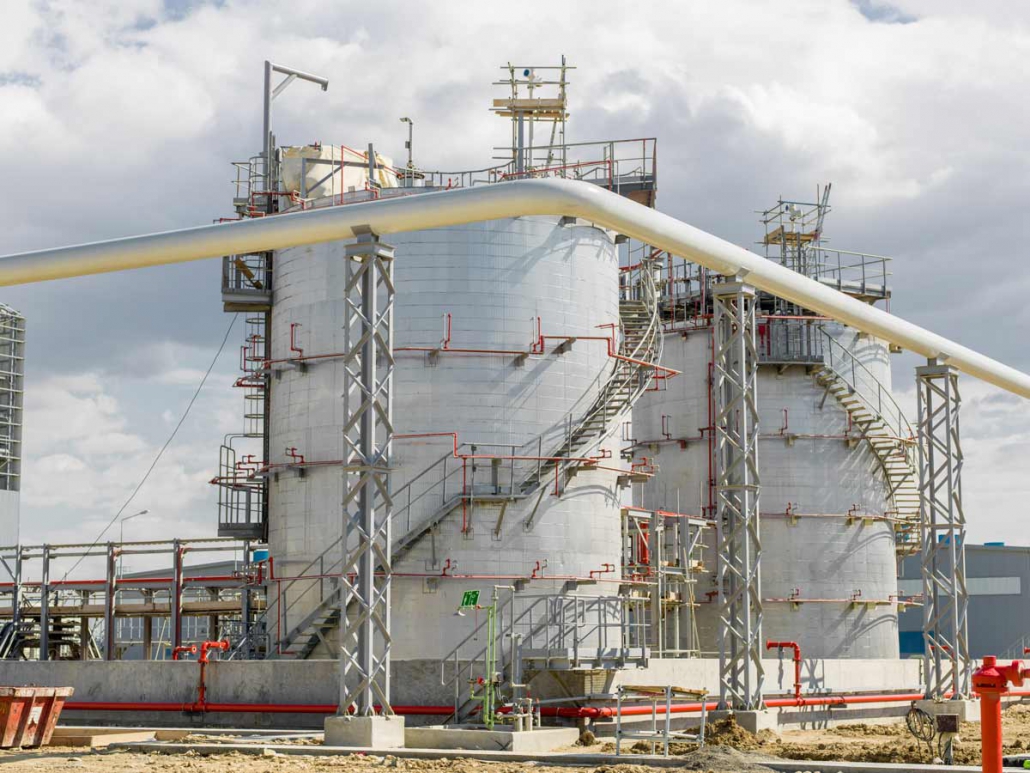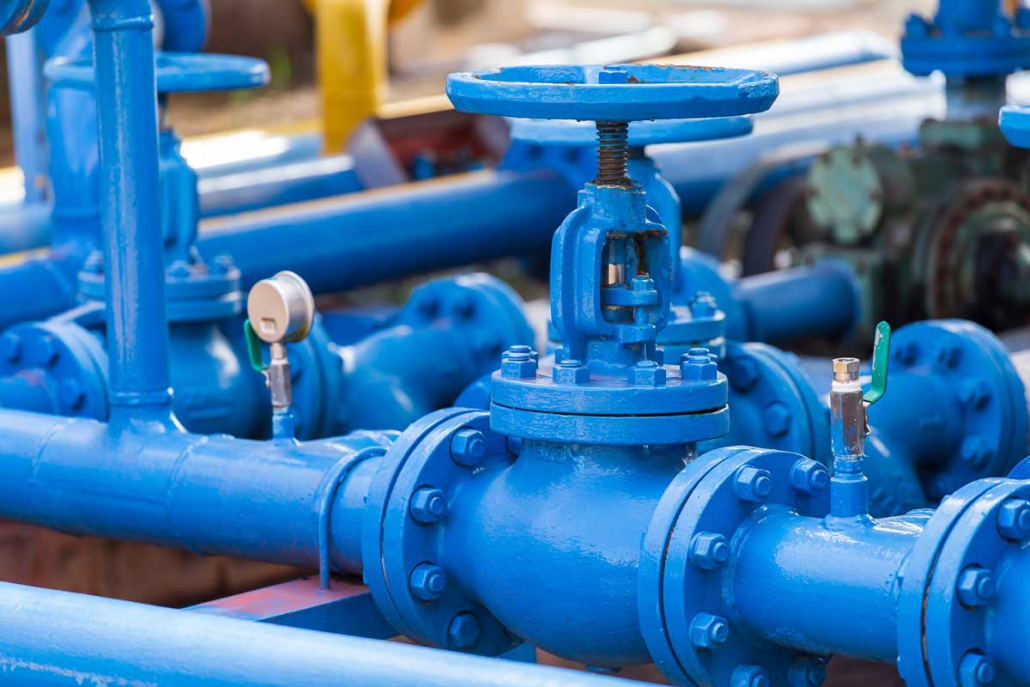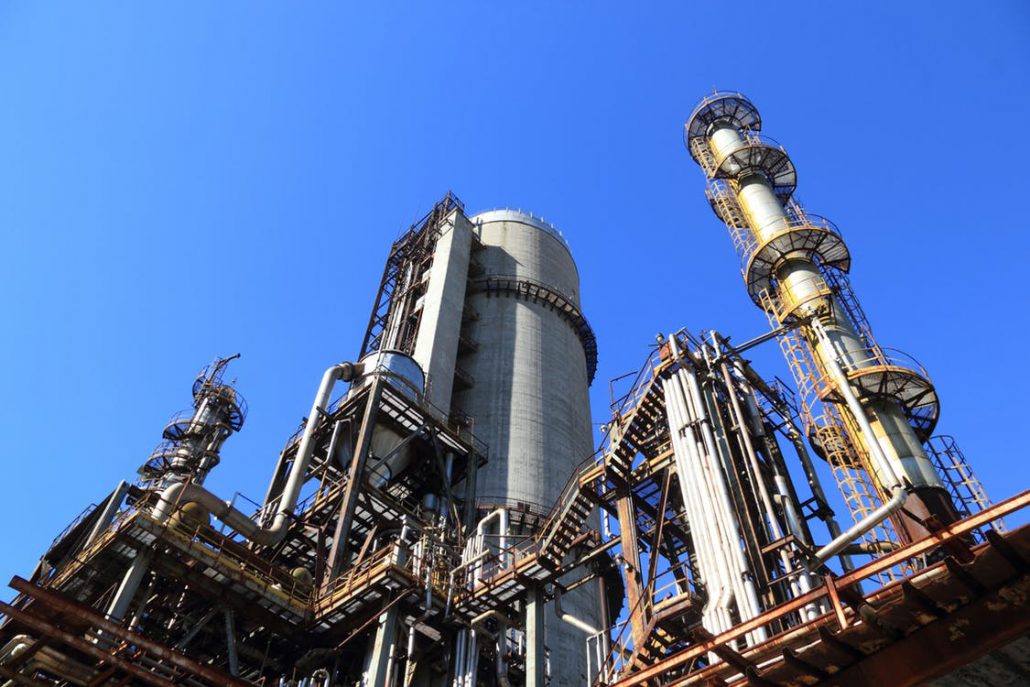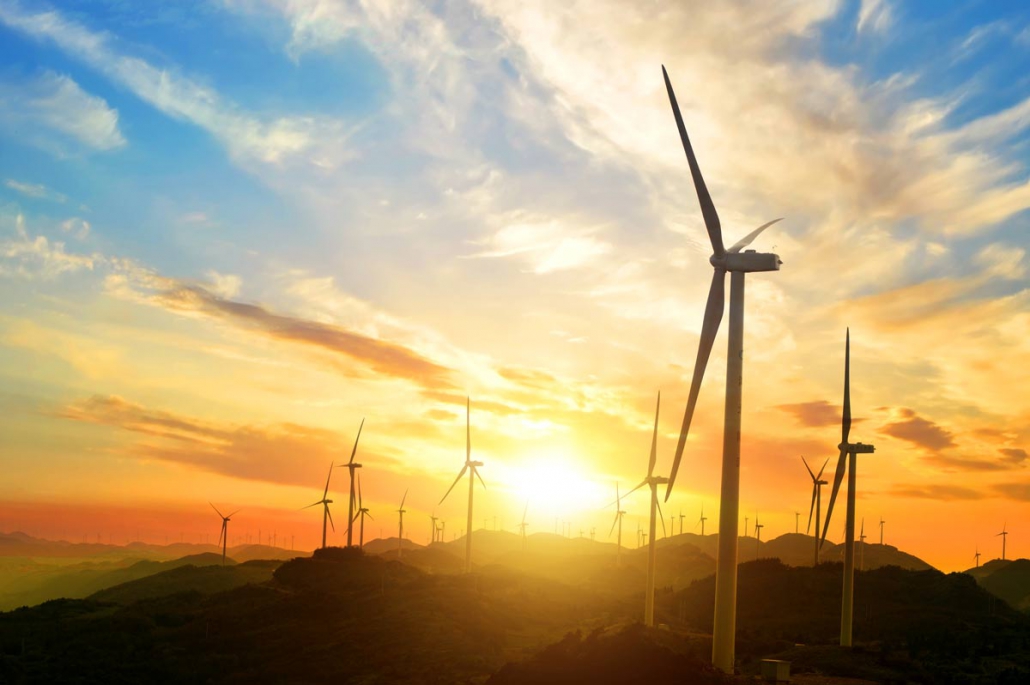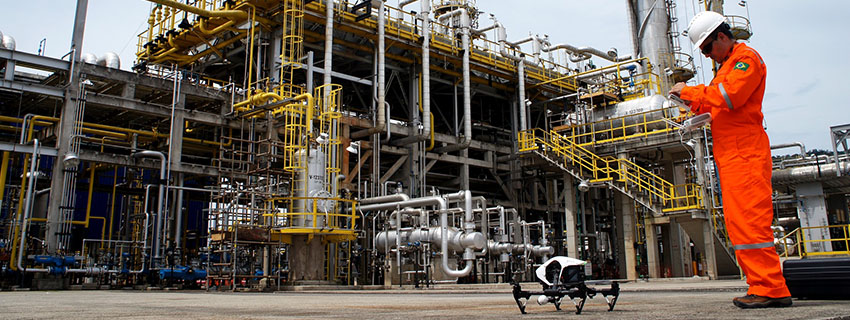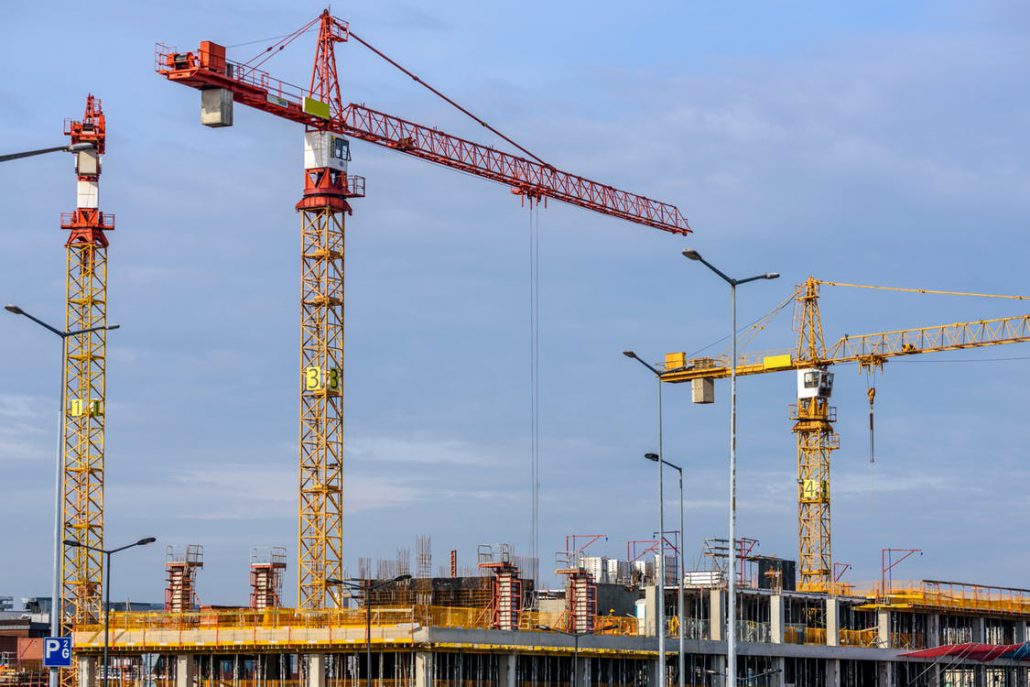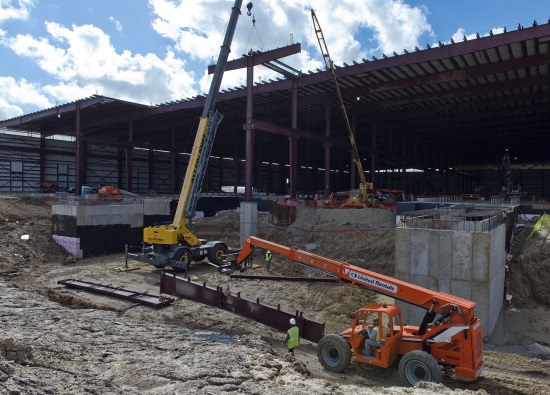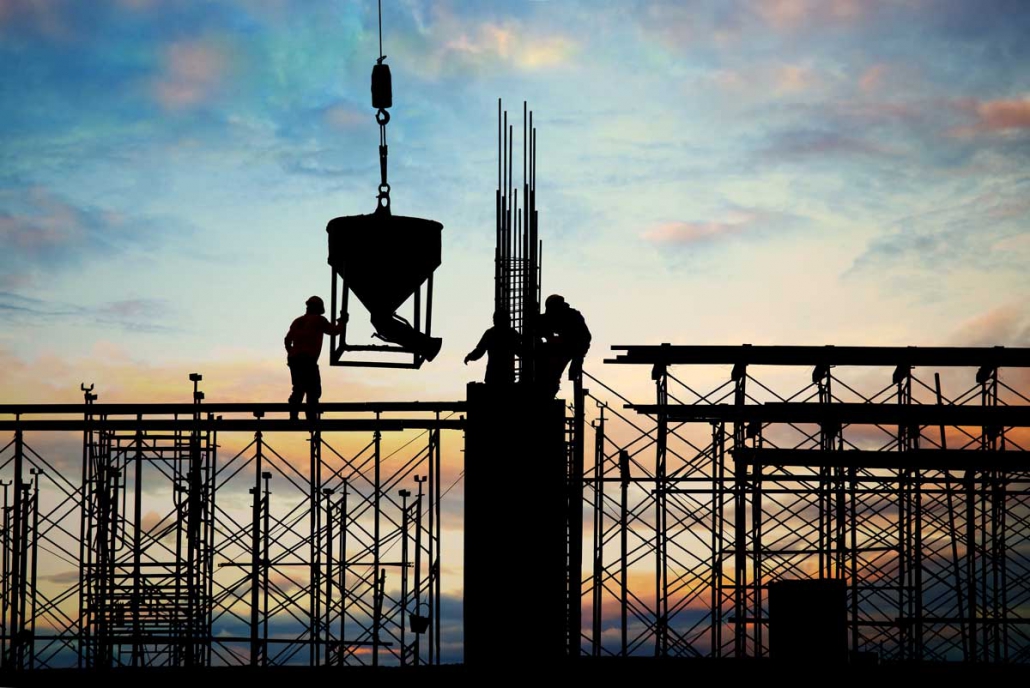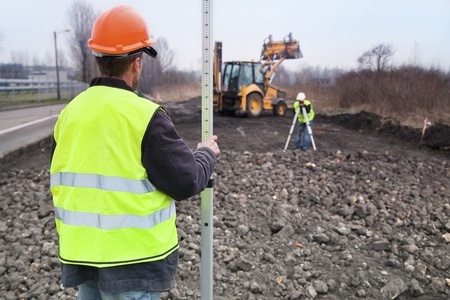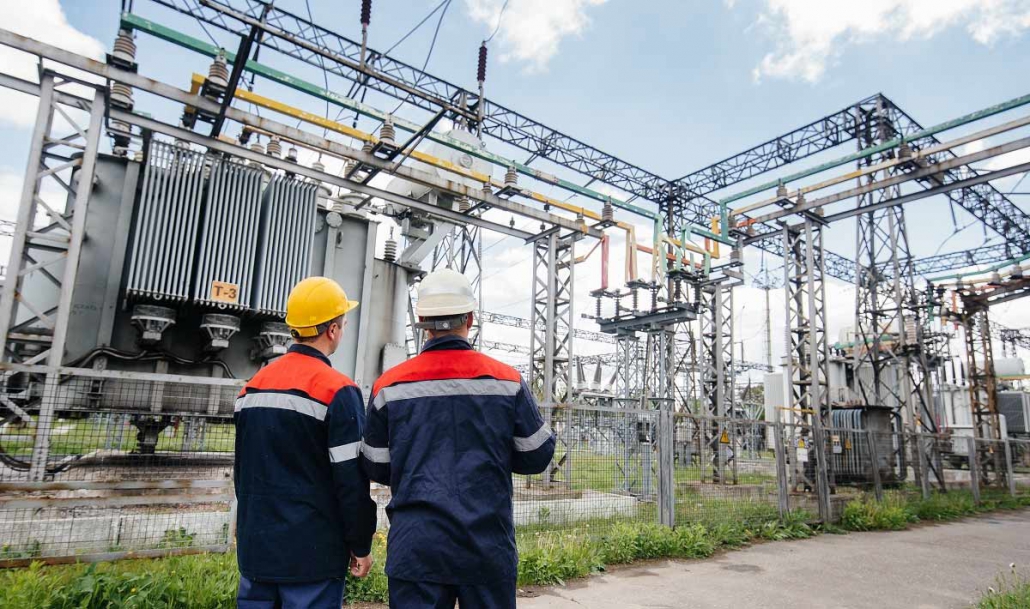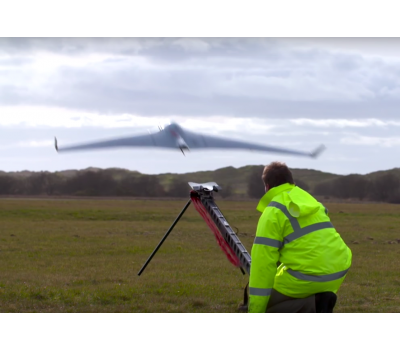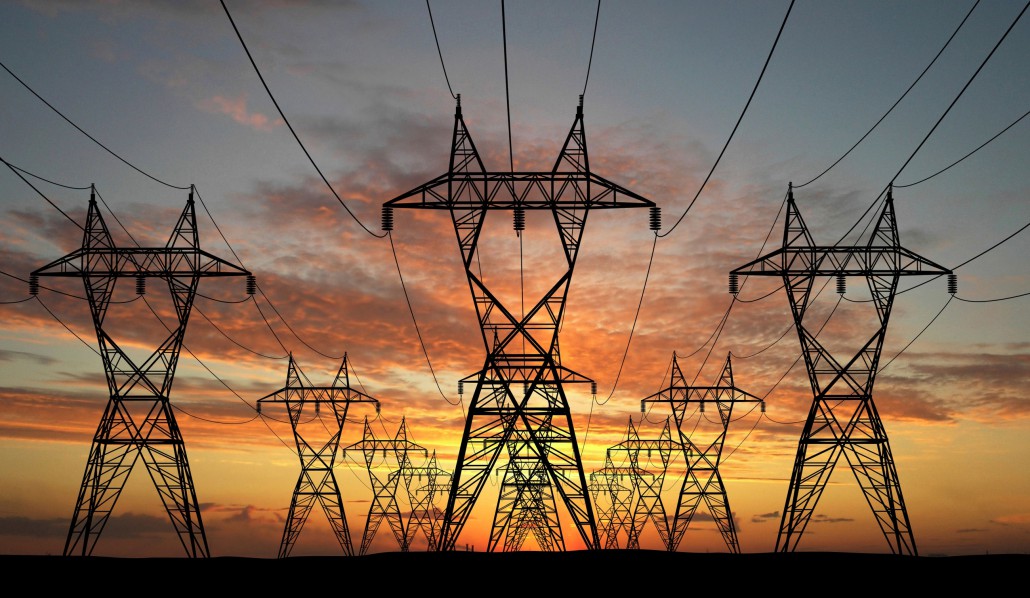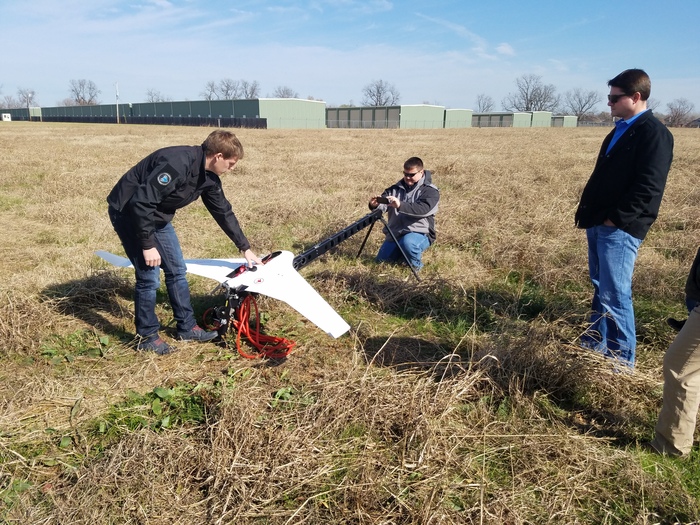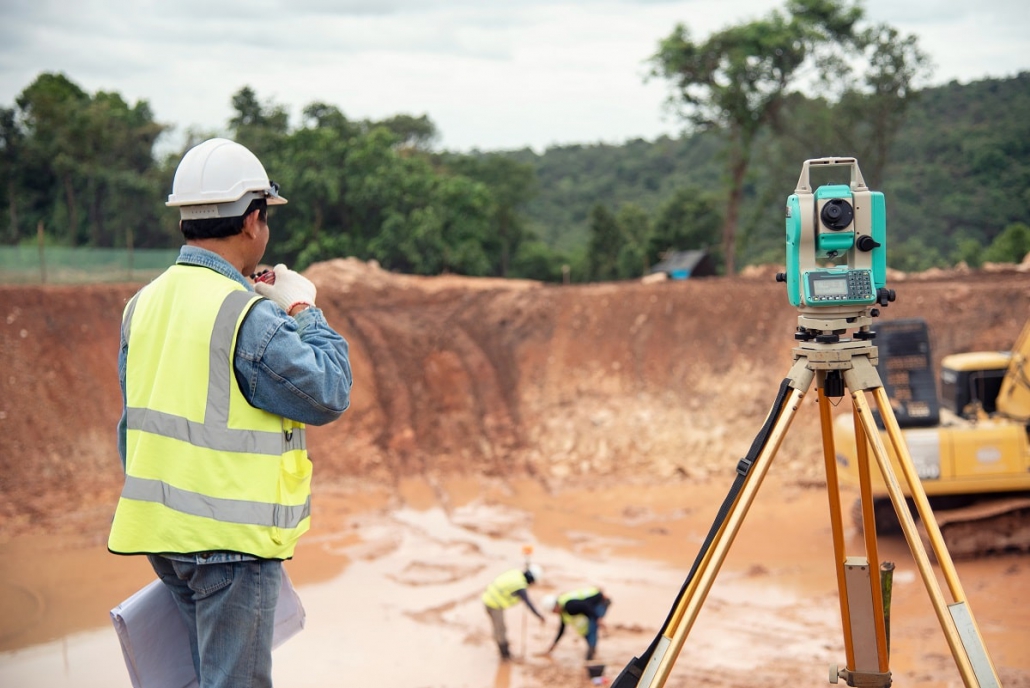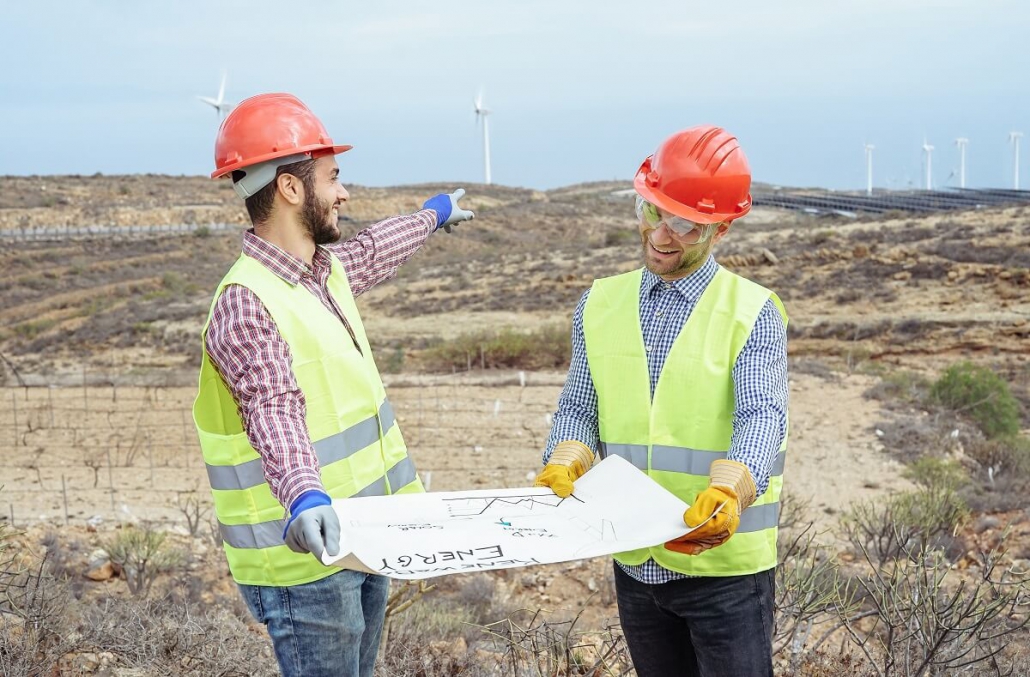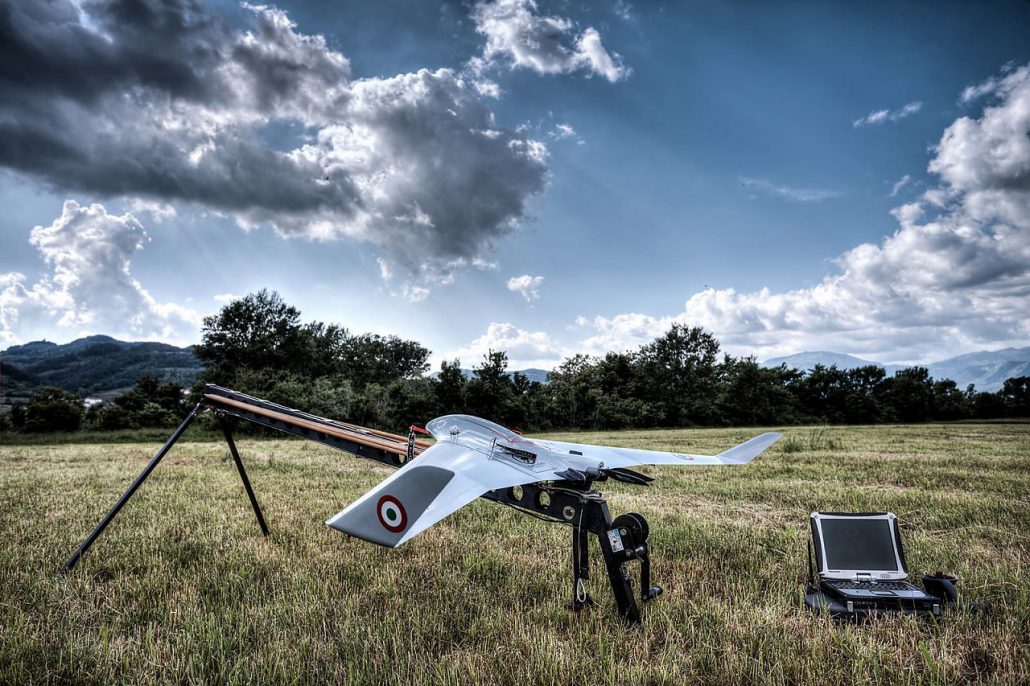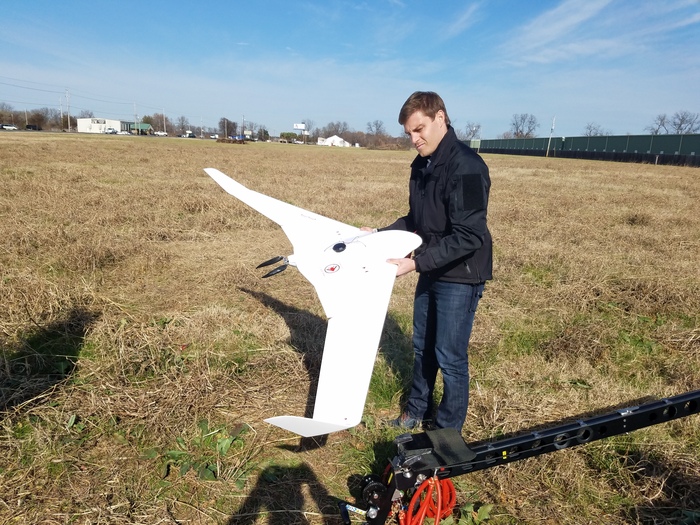Natural Gas vs. Coal: Where These Markets Are Headed
Natural gas vs. coal — what are their emissions? What is their market share? And what is the future of natural gas and coal? Both natural gas and coal may be increasing in demand, but natural gas is increasing faster.
Let’s take a deeper look.
Natural Gas vs. Coal Emissions
Natural gas produces about 50 percent of the emissions of coal. When there is a choice between the two, if reducing emissions is your priority, it’s generally better to choose natural gas. However, coal has made strides in recent years through “clean coal” initiatives. These initiatives do make it easier to capture or store greenhouse gasses, rather than allowing them to impact the environment.
Realistically, adoption between natural gas and coal emissions on a global scale is controlled by the already existing infrastructure. Many developing areas already have coal plants, whereas constructing new natural gas supplies would be difficult. However, constructing natural gas lines is not as difficult as developing new solar, wind, and hydropower farms.
Natural Gas vs. Coal Market Share
The coal mining industry makes about $800 billion a year. Comparatively, the natural gas industry makes about $600 billion.
Globally, electricity generation is still 61.3% fossil fuel. Of that, 35.1% is coal and 23.4% is natural gas.
So, though natural gas is often seen as the “cleaner” fuel, more coal is being used and produced. And while the growth of the coal market is in decline, natural gas’s growth is accelerating. This makes comparisons between natural gas and coal more complex.
Sustainable energy sources are now being used for 35.2% of the world’s energy and this is also accelerating quickly. While coal currently dominates the market, the market is in the process of moving away from it. But as the developing world grows, entirely moving away from coal may not be achievable.
In terms of growth, sustainable energy will likely eventually outpace both coal and natural gas alike. But how quickly that happens depends on a number of factors and it isn’t likely to eclipse them both combined for some time. Until then, companies, countries, and individuals are going to need to choose their energy sources based on relative levels of accessibility, cost, and environmental harm.
The Future of Natural Gas and Coal
Coal is largely on the decline. Though it is a plentiful resource throughout much of the world, its emissions are too significant. “Clean coal” strategies have bolstered coal and, should the technology improve, could potentially lengthen the viability of coal. But as a whole, coal is getting replaced by more sustainable methods of energy production. It won’t be replaced any time soon, however — it’s still a very easy to use source of energy.
Natural gas demand is growing. Although it is expected to grow more slowly over time, it’s still being embraced as a cleaner alternative to many other fossil fuels. Not only is natural gas cleaner than coal, but there’s also an infrastructure present — unlike many sustainable technologies.
That being said, there are confounding factors. Over the next two decades, the populations of both India and Africa are expected to explode. Africa is expected to double in size over this period. As countries that rely primarily on coal get larger, coal use may go up. India remains extremely dependent on coal for its energy generation. Which energy resource ends up the most popular will depend on how quickly new energy infrastructure is able to be built.
In the next hundred years, we may see both coal and natural gas diminish. For now, coal is seeing a slow decline in demand, while natural gas is seeing an increase.


